Cai Mingcan, a 47-year-old artist in Chongqing, Southwest China, who has been preserving and modernizing Tongliang dragon dance for 30 years, is glad to see it gaining popularity, especially among the young.
"As the heirs of the dragon, all Chinese love the creature, and we shoulder a responsibility to pass on the dragon culture," he said.
Tongliang, a district in Chongqing, claims to be the home of the country's best dragon dance performance, a nationally listed intangible cultural heritage.
One of the best practitioners in the area is the National Tongliang Dragon Dance Troupe, which was honoured as such by the Chinese Dragon and Lion Dance Sports Association in 1999.
Cai, the only professional artist among a handful of municipal-level Tongliang dragon dance inheritors, became coach of the troupe in 2012.
In 2021, the national troupe was integrated into the Tongliang Dragon Art Troupe, which was established that year, and Cai became the art troupe's deputy director and coach.
The troupe of more than 50 performers — with an average age of only 21 — consists of the national team and three other teams. Eighteen members are women, and 85 percent of team members are local residents, Cai said.
The teams have performed in more than 30 countries and regions, including the United States, Britain, France, Australia, Turkiye, Japan and South Korea.
The Tongliang dragon dance has been showcased at such major events as China's National Day celebrations, the 2008 Beijing Olympics and the 2010 Shanghai World Expo. On New Year's Eve in 2017, it wowed audiences when it performed in New York City's Times Square in the US.
Cai said there are about 100 types of dragon dance in Tongliang. The troupe performs different types of dragon shows according to the 24 solar terms, including the bamboo dragon show in spring, the lotus dragon show in summer, the straw dragon show in autumn and the fire dragon show in winter.
Other common types include the folk dragon and competitive dragon shows.
Performances of the latter have won the troupe 78 gold medals in national dragon dance competitions since the 1980s, Cai said.
The Tongliang dragon dance dates back to the Sui (581-618) and Tang (618-907) dynasties, when people prayed for rain by worshipping the rain-bringing dragon kings, who in Chinese mythology lord over the seas and control the weather.
The ritual gradually evolved into a folk recreational activity during the Ming (1368-1644) and Qing (1644-1911) dynasties, typically during the Lantern Festival — one of the most important new year celebration events in ancient China.
"The dance has continued to thrive and even has profound meanings in the contemporary era," said Cai, adding that in Chinese culture, the mythical creature is associated with power, nobility, fertility, wisdom and auspiciousness.
"It also symbolizes an enterprising spirit, solidarity and bravery."
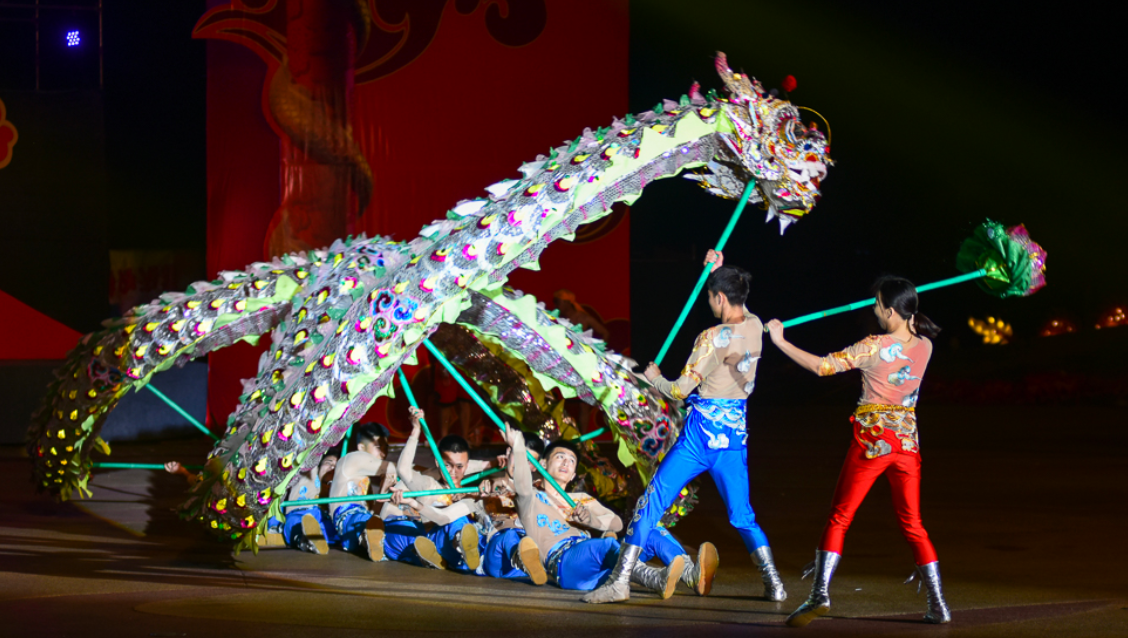
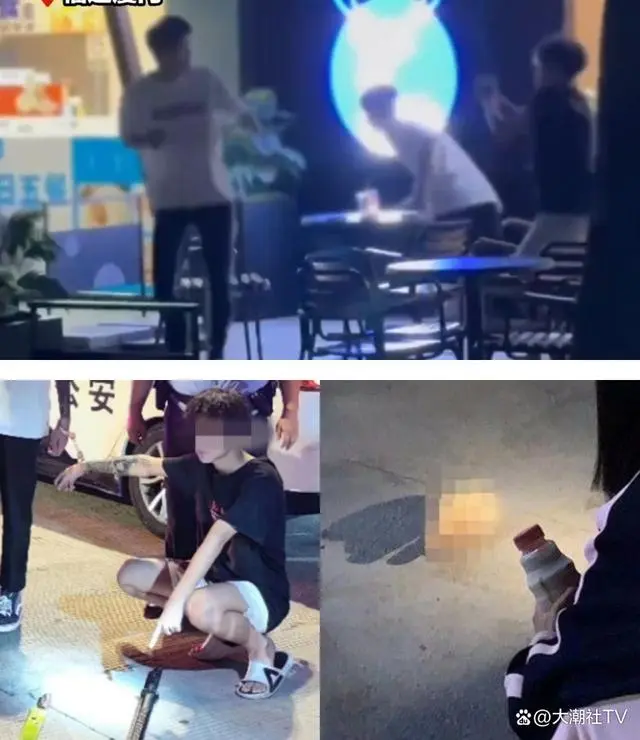
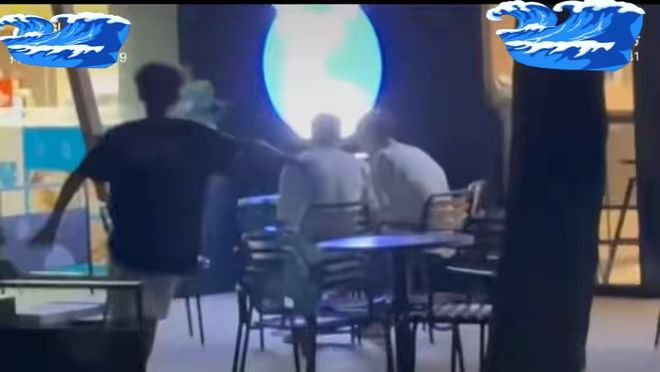
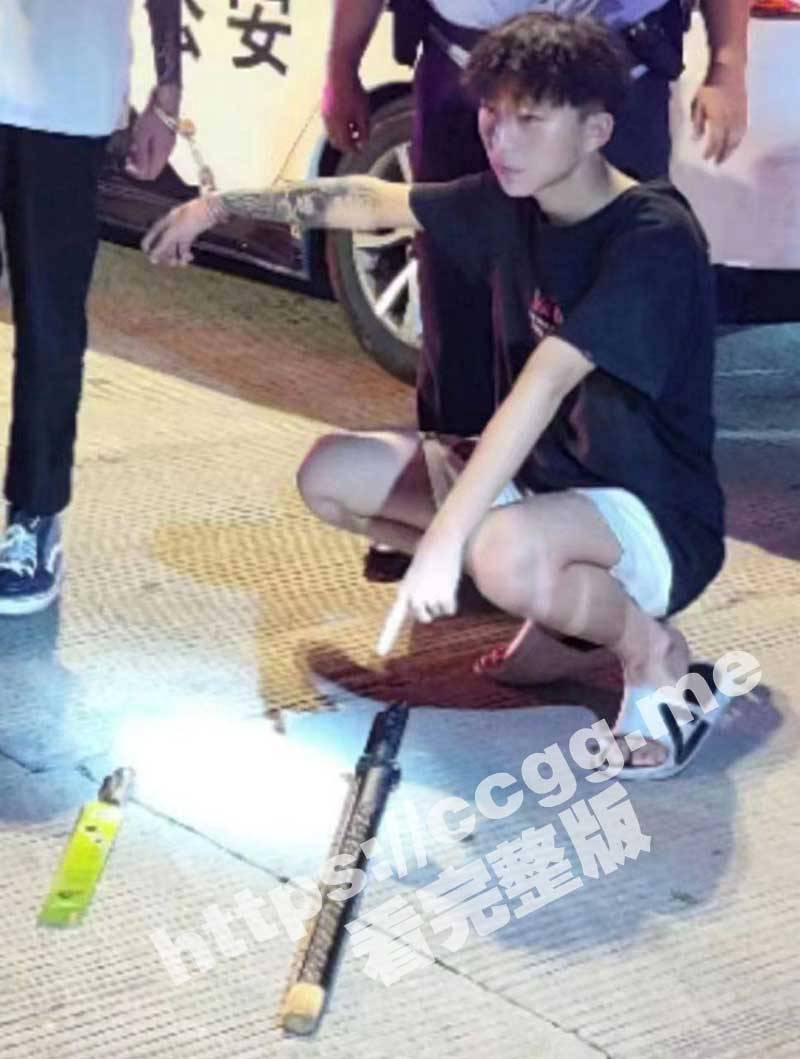

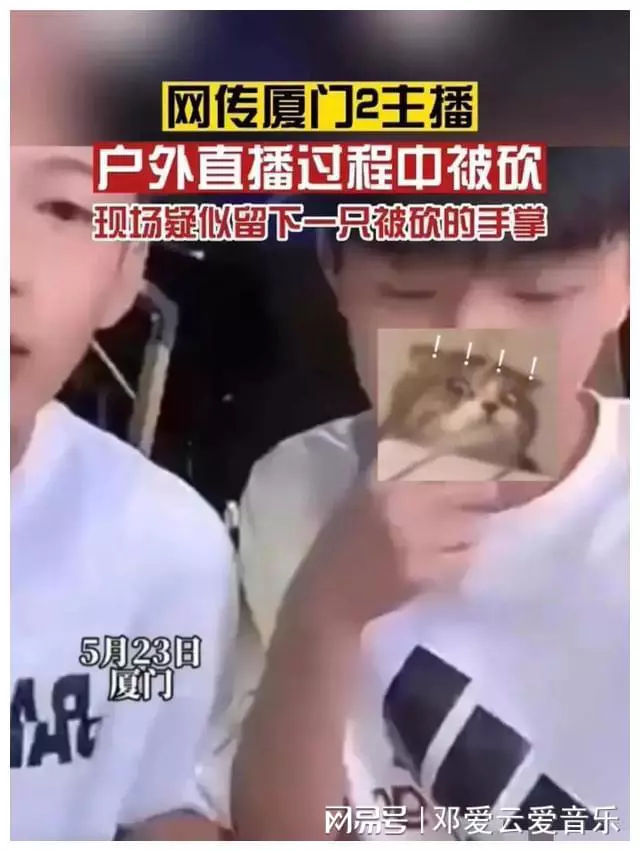
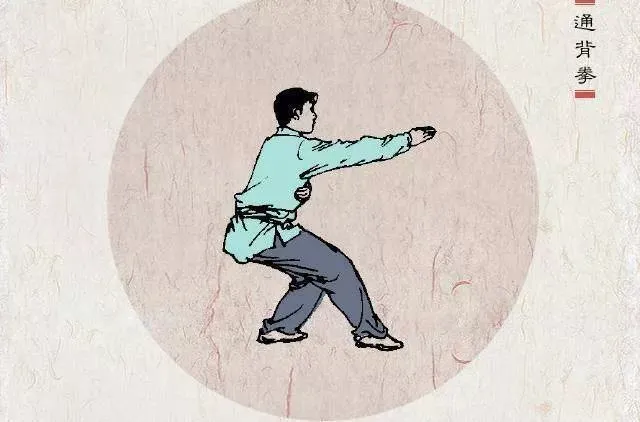
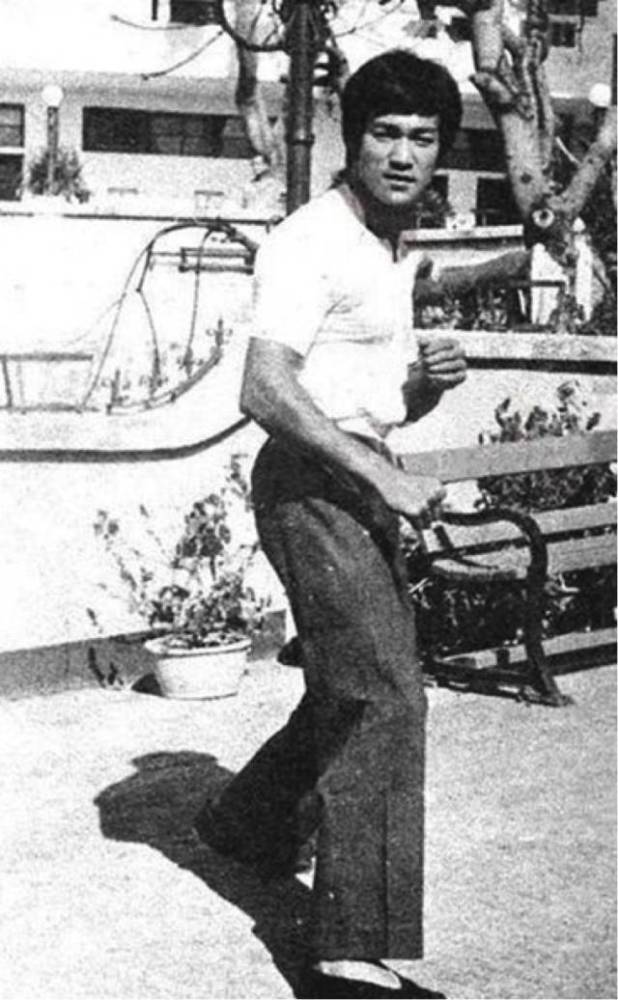
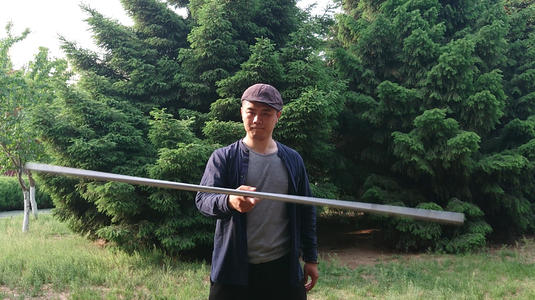

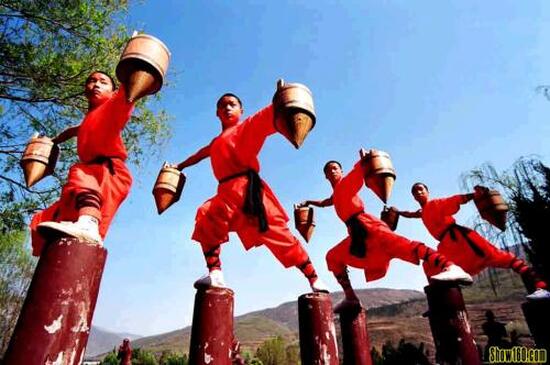
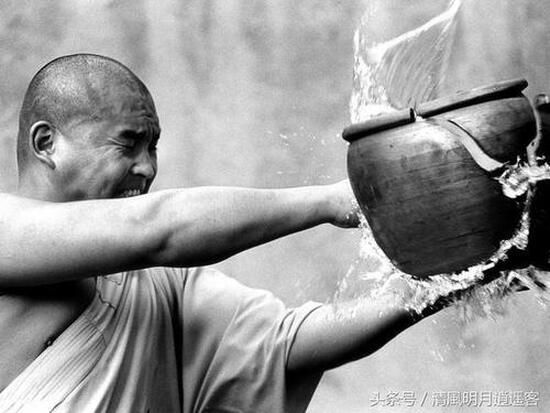
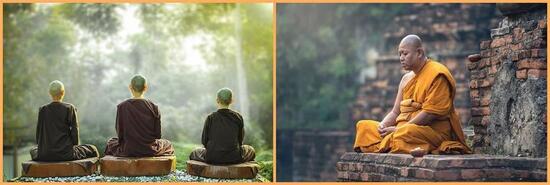
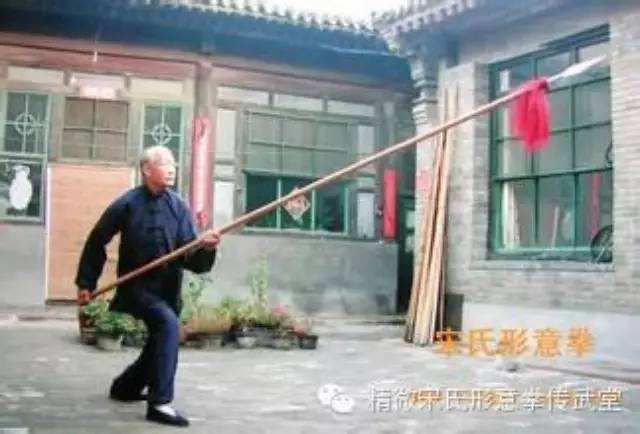
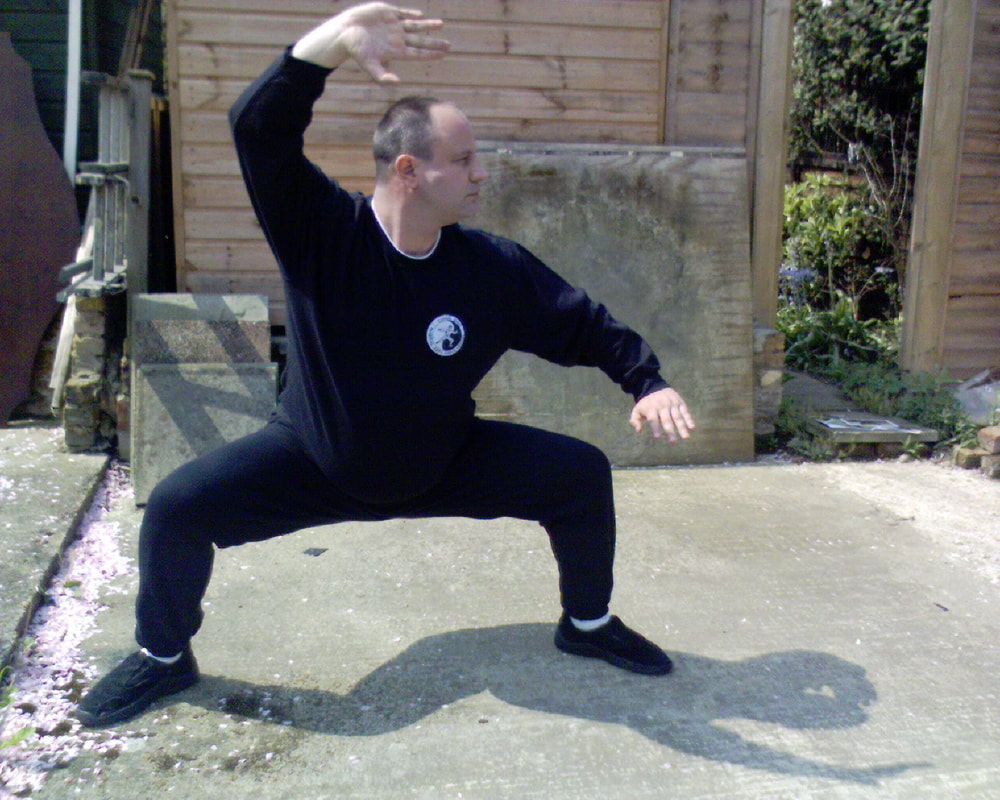
 RSS Feed
RSS Feed